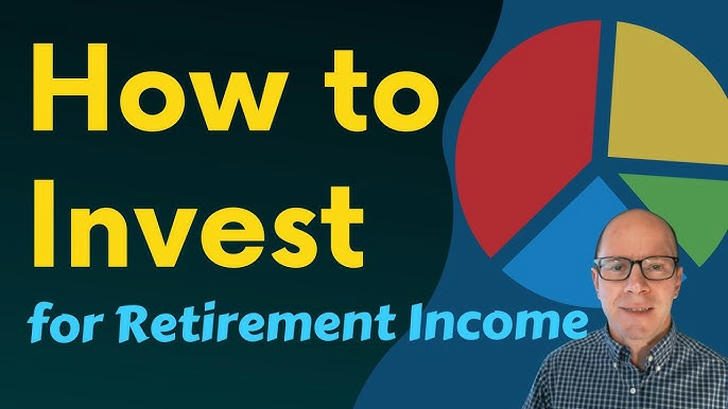Retirement investing: How to make “Invest $100 → $1,000” realistic in the U.S.
For those looking to invest their retirement savings, the most pressing concern is how to effectively put small amounts of money to work in a reasonable, low-risk way that genuinely enhances their retirement income.Below I lay out realistic paths (with timelines and trade-offs), up-to-date market context, and a practical step-by-step plan you can act on today.

Quick reality check (numbers that matter)
Before strategies: know how long compounding takes. To turn $100 into $1,000 you need a 10× gain. At various sustainable annual returns, that typically requires:
🔸~59 years at 4% (roughly what safe short-term bonds yielded historically).
🔸~47 years at 5% (top high-yield savings these days are around this APY for short-term cash).
🔸~30 years at 8% (a reasonable long-run stock-market assumption for planning).
🔸~24 years at 10% (aggressive long-term equity returns).
🔸~16 years at 15% (highly aggressive — rare and risky).
(Computed using the compound-growth formula; the point: safe returns take decades — faster results need more risk or active effort.) I used standard bond and stock yield references to set these benchmarks.
Current U.S. market backdrop (short & useful)
🔹Safe yields got better: 10-year Treasury yields have been around the low-to-mid 4% area in 2025, so short-term “safe” income is more attractive than a few years ago. That helps retirees who want cash buffers.
🔹Stocks still a growth engine: long-term S&P 500 returns historically average in the mid-to-high single digits to low double digits (depending on the period and whether you count dividends). That’s why equities are commonly used to grow retirement portfolios. But markets are volatile; don’t expect steady year-to-year jumps.
🔹High-yield savings & T-bills are useful: online banks and T-bills now offer competitive short-term yields (several percent APY), so keep a 1–5 year cash ladder rather than stuffing everything in a checking account.
Practical ways retirees can try to turn $100 into $1,000 (realistic, ranked by risk & speed)
1) Long-term, low-effort compound (slow but safe)
Put $100 into a diversified index fund or ETF (S&P 500 or total-market) inside a Roth/IRA if eligible. With consistent monthly additions — say $100/month — compounding will do heavy lifting. This is the safest, most reliable way for long-term growth. For retirees, prefer tax-smart placement (Roth vs taxable vs IRA).
Why it works: you’re buying broad exposure to corporate earnings growth and reinvesting dividends. Expect multi-decade horizons for large multipliers, but your risk of catastrophic loss is lower than with single-stock gambles.
2) Small, active income plays (faster, requires work)
Use $100 as seed money for a side hustle: sell refurbished items, offer a service (tutoring, consulting), or do low-cost eCommerce. Turning labor + small capital into $1,000 can happen in weeks or months — this is often the fastest, lowest-surprise route for retirees who can work a few hours a week.
3) Dividend micro-investing + DRIP (moderate speed)
Buy a few dividend-paying shares or fractional shares and enroll in a dividend reinvestment plan (DRIP). Dividends compound, though $100 will take years to reach $1,000 unless you keep adding. Treat this as income-orientated growth.
4) Higher-risk financial plays (fast potential, high chance of loss)
Trading single stocks, options, or cryptocurrency can multiply $100 quickly — but many people lose money. If you go this route, limit it to a small “play” fraction of your portfolio and educate yourself thoroughly. Options strategies (like buying calls) can produce large gains or full loss of principal. Not recommended as a retirement cornerstone.
5) Peer lending / micro-loans and REITs (yield-focused)
Peer-to-peer lending and some REITs can pay higher yields than bonds, but they carry credit and liquidity risk. Use them sparingly and understand default risk.
A practical 90-day plan for retirees with $100
1.Safety first: park $100 + any emergency cushion in a high-yield savings account or short T-bill while you plan. Current competitive APYs can be 3–5%, so your money isn’t idle.
2.Decide goal & horizon: do you want a quick $1,000 (side hustle) or long-term growth (index ETFs)? If both, split capital: $50 seed a side hustle, $50 into an index fund.
3.Open a Roth IRA (if eligible): even small Roth contributions compound tax-free; for many retirees a Roth is a powerful tool.
4.Learn one new micro-skill: resale, simple digital services, or basic investment tactics (covered calls, dividend selection) — invest time, not just money.
5.Track & re-invest: any profit goes back into the growth pot; keep records for taxes.
Bottom line (practical takeaway)
Turning $100 into $1,000 is possible, but how depends on time, effort and risk tolerance. For retirees the safest route is steady investing (index funds, Roth IRAs), complemented by low-effort side income if you want faster results. Use modern tools — high-yield savings for your short-term bucket, diversified ETFs for growth, and small, skill-based hustles to accelerate returns — and always protect your retirement essentials first (Social Security, emergency cash, guaranteed income where needed).
